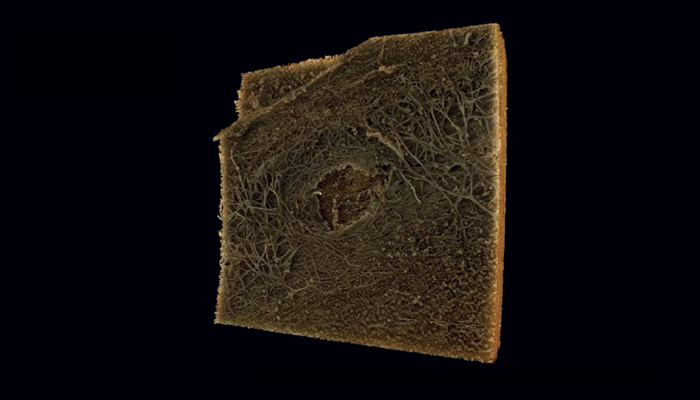
For glaucoma patients, early detection and effective treatment of the condition is critical for preserving sight. And while topical therapy is still one of the most common ways to treat the disease by lowering increased intraocular pressure (IOP), there have been a number of documented side effects with this medication (1). Topical therapy is generally self-administered – sometimes as much as three times a day – and this also tends to cause issues with patient adherence (2), leading to patients cutting short their prescribed regimen and missing out on the long-term clinical benefits.
Because early detection and effective treatment of glaucoma is critical to preserving sight, it is paramount that any innovative methods for treating the disease account for these significant influencing factors. Reducing dependence on drop therapies to control IOP is the next logical step. Lowering IOP effectively without drop therapy – either as a standalone treatment or in combination with cataract surgery – can help patients to both maintain their vision and improve their quality of life.
ELIOS is a next-generation glaucoma treatment that is minimally invasive, safe and effective, and highly adoptable by physicians. ELIOS’ breakthrough excimer laser technology is especially useful for patients that are simultaneously undergoing cataract and glaucoma surgery. ELIOS avoids the use of implants and can be elegantly integrated into the standard cataract surgical procedure. In real-world case studies, ELIOS has been shown to provide long-term, sustained IOP reduction in these patients (3).
ELIOS uses a proprietary high precision, cold Xenon Chloride excimer laser to create ten 210μm microchannels within the trabecular meshwork (TM). The excimer laser ablates a localized area of TM in contact with the ELIOS probe, vaporizing the tissue – opening up effective drainage channels without adjacent tissue damage – thus enhancing the eye’s natural physiology and outflow without stimulating an inflammatory response. The procedure itself also has a low surgical intensity, meaning it is well suited to comprehensive eye doctors, as well as glaucoma specialists.
In terms of research and development, ELIOS has some of the longest follow-up data of any MIGS device, with over eight years in a real world setting. Recently published clinical data showing the long-term outcomes of ELIOS showed a 20 percent reduction in eye pressure over the eightyear follow-up period, with no serious safety events recorded. (3)
In the EU, ELIOS is CE marked and indicated for use in adult patients with glaucoma. El ios Vision recently initiated a major cross- EU, randomized controlled trial c o m p a r i n g ELIOS against the current standa rd of care, and plans are already well underway for greater expansion in 2024, with the number of centers expected to install ELIOS increasing significantly across the EU. In the USA, Elios Vision recently completed treatments in the FDA pivotal study, results of which are expected late 2024. With these ambitious plans, ELIOS appears to be well positioned to help control IOP and lower medication burden for glaucoma patients worldwide.

References
- A Yu et al., “Intensity of side effects of topical glaucoma medication and its influence on adherence behavior in patients with glaucoma,” Clin Ophthalmol, 8, 1221 (2014). PMID: 25061268.
- F Teixeira et al., “Adherence to Therapy in Glaucoma Treatment—A Review,” J Pers Med,4, 514 (2022). PMID: 35455630.
- M Riesen et al., “Long-term treatment success and safety of combined phacoemulsification plus excimer laser trabeculostomy: an 8-year follow-up study,” Graefes Arch Clin Exp Ophthalmol, 5, 1611 (2022). PMID: 35034214.
